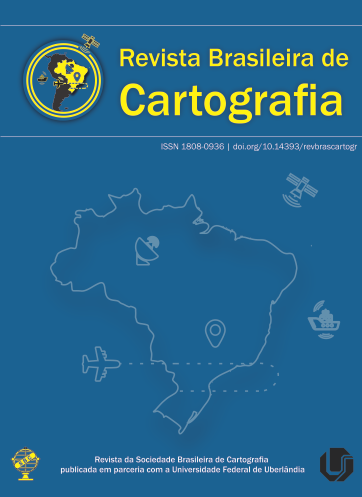Analysis of Digital Surface Models Morphology Generated by UAV
Main Article Content
Abstract
The use of UAVs for spatial data capture is not new and has been performed by civil users since the beginning of the 21st century. However, the diversity of platforms, associated equipment, data collection and processing methods shows that studies are still needed to improve the methods, aiming the quality and accuracy of the generated spatial data. It is noticeable that discussions about the morphological distortions found in the models generated by UAV are still incipient and these errors may compromise the use of data for some purposes, such as the territorial cadastre. In this context, this study is proposed, whose main goal was to evaluate the morphological quality of DSM generated by UAV by different techniques of aerial image collection. DSM generated by different UAV flight techniques are compared, and an DSM generated by airborne LiDAR is adopted as a reference. The results are analyzed visually, through profiles and by calculating, the roughness identified in the models, which is a methodology proposed for this study. The results indicate that the flight altitude correction, providing the maintenance of a homogeneous distance from the aircraft in relation to the ground, presents better results related to the DSM morphology and, consequently, it is a condition to the quality of the derived products, such as the orthomosaic and the DTM.
Downloads
Metrics
Article Details
Authors who publish in this journal agree to the following terms:
- Authors retain copyright and grant the journal right of first publication with the work simultaneously licensed under a Creative Commons Attribution License that allows others to share the work with an acknowledgment of the work's authorship and initial publication in this journal.
- Authors can enter into separate, additional contractual arrangements for the non-exclusive distribution of the journal's published version of the work (e.g., post it to an institutional repository or publish it in a book), with an acknowledgment of its initial publication in this journal.
- Authors are permitted and encouraged to post their work online (e.g., in institutional repositories or on their website) before and during the submission process, as it can lead to productive exchanges, as well as earlier and greater citation of published work (see "The Effect of Open Access").





